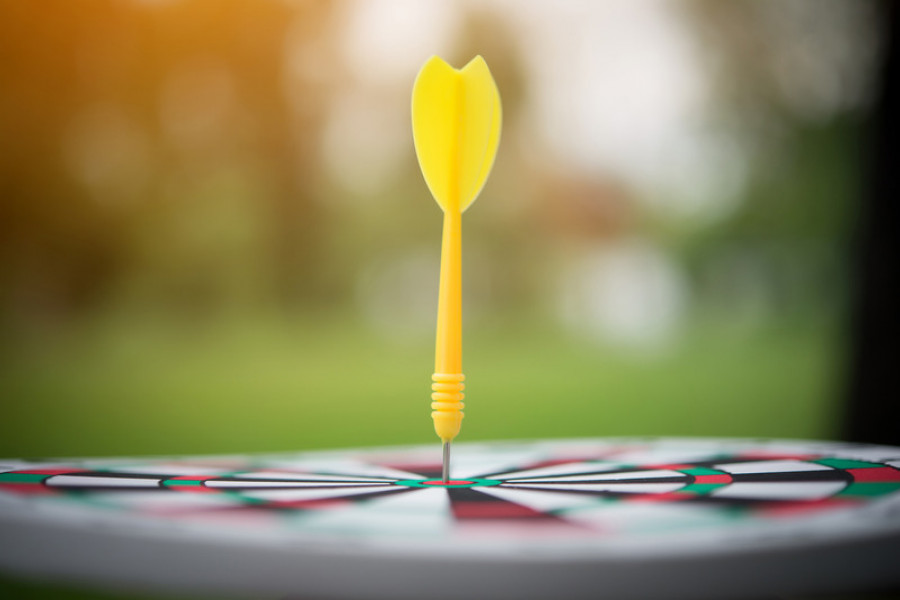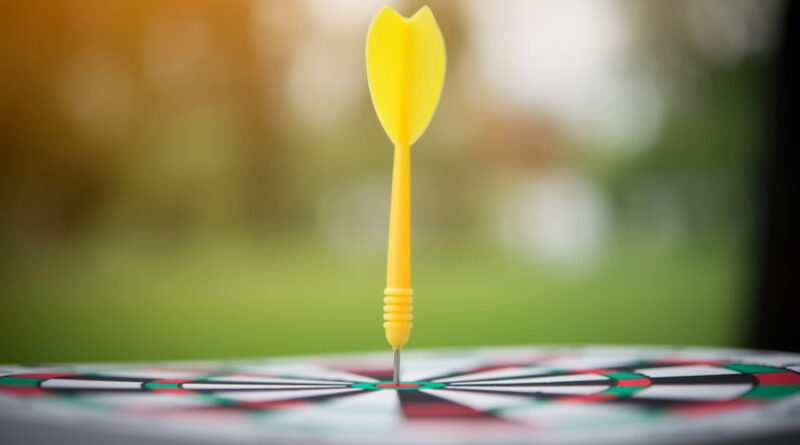What Is ‘Focus’ In Photography?

Focus is an important technique you need to understand when you are starting out on photography. Failure to master how to focus will mean you will be taking blurry photos often, even when you have correctly optimized all the other camera settings.
Focusing can be simple or challenging, depending on the subject you are capturing. For example, it is easier to focus on a stationary object than it is for a bird in flight.
Read on to learn more about focus and focusing techniques.
What Is Focus?
In every shot, there will be a point of focus. This is the point in space where your object will be as sharp as possible. In other words, focus is married to sharpness. When an image is said to be completely sharp, it means that all image is in focus. When the main object of an image is blurry, it means that it is unfocused.
For your camera to create and capture a focused image, it uses light and runs it through the lens, directing the rays on the sensor inside. The aperture determines how focused the rays hitting the sensor are. Larger f/numbers match up to smaller apertures.
You can use depth of field to emphasize some parts of an image- focus on the object and blur the rest. This is the reason aperture is an important setting to play with when you are trying to focus because it controls the depth of field (the scene where objects appear focused).
With that in mind, we can talk about how to focus right.
How to Use Focus to Take Better Images

Canon MarkIII, f2, 1/100
Don’t Always Aim to Focus On Everything.
In many situations, you don’t have to focus on the entire scene in an image. Backgrounds tend to make a picture look busy, hence distract your viewer from the point you wanted to make. Portraits look better when the background is partly out of focus. This explains why most studio pictures are taken in front of a solid-colored background.
Understand How to Use Depth Of Field
As we mentioned earlier, the depth of field is the scene in the image that appears sharp. The aperture majorly controls the depth of field, in the sense that the larger the aperture, the smaller your depth of field, and vice versa is true. This means that you have to know what you want to focus more on so as to use the right aperture and depth of field.
Of course, there are some photographic situations that don’t matter how large or small your depth of field is. For example, you can get away using any aperture between f/6 and f/11 when your object is standing in front of a bare wall. This is because the depth doesn’t matter a lot.

Canon D6, f6.3, 1/80
However, if you are to capture a beautiful landscape, you must have an incredible amount of depth of view- from the foreground to the background. This means you will need to capitalize on the depth of field and make the whole image as sharp as possible. You will, therefore, need to use a smaller aperture value to get the largest depth of field.
Before we summarize this guide, let’s talk about a new way of focusing.
Back Button Focus
Back button focus is revolutionizing the way to operate a digital camera. It may take some time to grasp the technique, but it solves a lot of problems you may encounter when shooting.
We will briefly talk about this.
What is back button focus?
In default settings, when you press the shutter button halfway, it means you are focusing the shot. Pressing it all the way means you are taking a picture. Back button focus separates these two functions.
This means that the shutter release is exclusively used for taking shots while a button on the back, usually denoted by AF-ON or AE AF, locks the focus, and tells the camera when to autofocus. Therefore, when you hold the back button, you continuously focus, while pressing it once means you focus and lock the focus.
Learning this technique is important because it aims to tackle the shortfalls of traditional way of focusing such as the time it takes to flip between different modes- continuous and single autofocus modes. This is a topic for another day!
Final thoughts
Focus is majorly all about the degree of sharpness of your subject. You can focus on your object by using a larger aperture figure to narrow your depth of field as it is the case with portraits, or you can use smaller aperture figure to get a larger depth of field (more area under focus), especially when you are taking landscape shots.
The bottom line is: you can draw attention to important parts of your image by focusing on them more.
A general rule of thumb is to keep the depth of field small for most of your portraits, and large when you are doing open landscapes. This way, you will always get great results.










